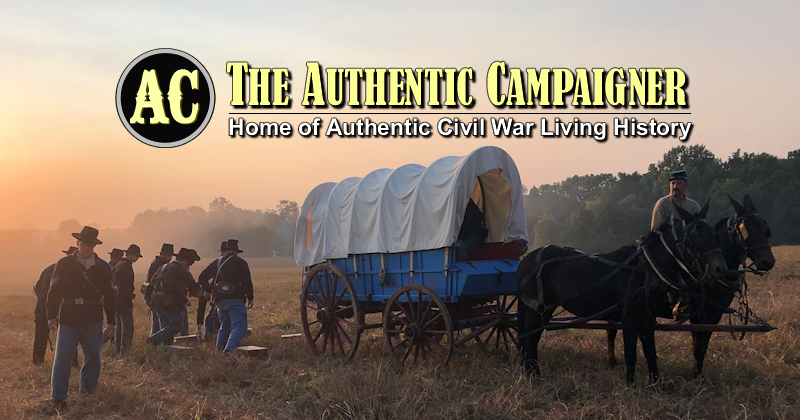I've never really heard anything before about bars of soap on campaign, and I'm rather curious (as I'm trying to gather smaller, seemingly unimportant items to improve my overall impression.) I'm sure they had soap, but what kind? Just lye soap? Any specific manufacturers? Private purchase or a requsitionable item?
Any information will be much appreciated!!
Thanks!
Any information will be much appreciated!!
Thanks!




Comment